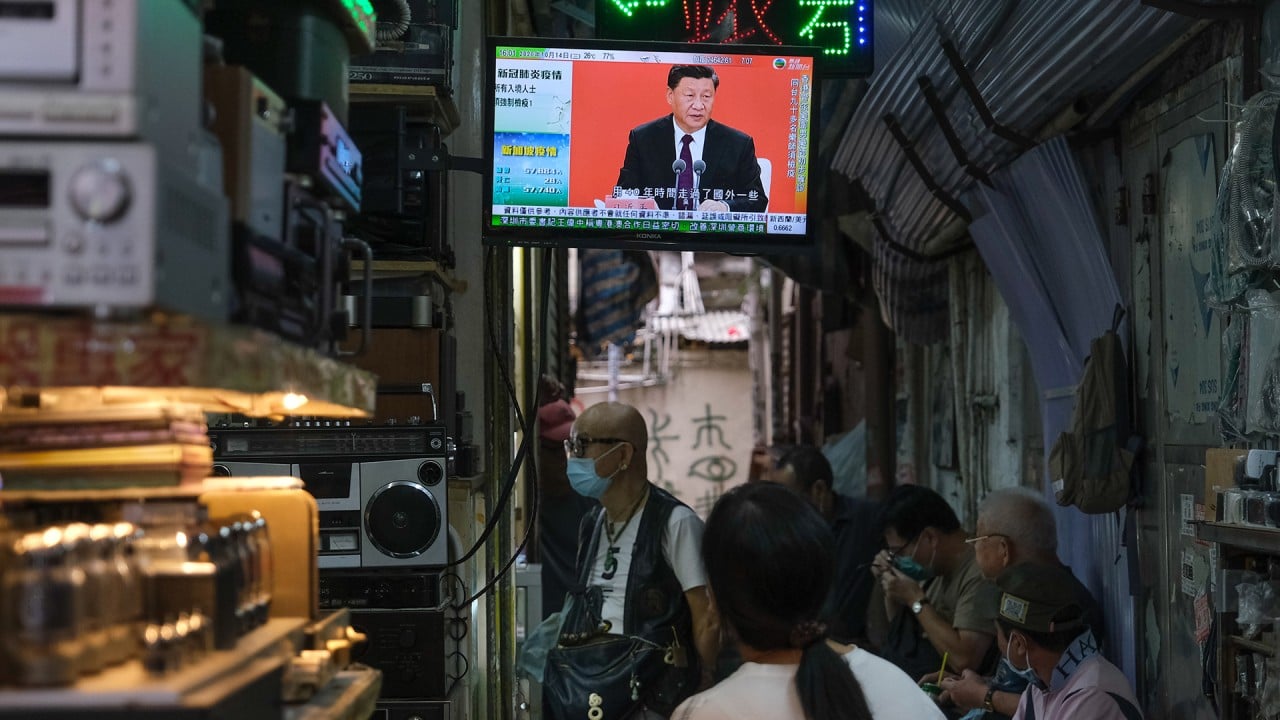
China’s economy isn’t out of the woods yet. More than ever, market reforms are needed
- Behind China’s recovery from Covid-19, growth has slowed in the past decade. Without realigning the roles of the state and market forces, China’s growth rate could continue to fall – especially if the US-China decoupling process persists
Key messages emerging from the meeting, as well as Xi’s Shenzhen speech and recent press briefings, have been a mix of past themes and some new twists: socialism with Chinese characteristics, “dual circulation” as a growth driver, supply-side reforms, achieving carbon neutrality, strengthening the financial system, opening up to foreign investment, enforcing the rule of law, and becoming more innovative and self-sufficient in technology.
While many of these programmes represent a continuation of ongoing policies, they take on a new urgency in today’s circumstances. Socialism with Chinese characteristics has been the overarching theme of China’s reform process for decades. Such lofty, ambiguous wording reconciles an implicit contradiction: the role of market forces in a state-driven economy.
The third plenum’s policy agenda that Xi endorsed in 2013 made the oft-cited distinction that markets would play a “decisive” role in the allocation of resources. But confusion has persisted because the same document emphasised that “public ownership” is at the “core” of the economic system.

05:27
China must rely on its ‘internal market for innovation’, says sociology Prof Lau Siu Kai
The government is likely to set lower and more flexible growth targets in the five-year plan. In response to tensions with Washington, Beijing has also changed tack: the party media has pronounced that the new “dual circulation” strategy is “a new development pattern in which domestic and foreign markets boost each other, with the domestic market as the mainstay”.
By contrast, the average in Organisation for Economic Cooperation and Development countries is 1.9 per cent. Improving the potential for more rapid growth in consumption lies in strengthening the government’s social programmes to deal with issues like the pandemic. But this will require a reordering of priorities, given budget limitations.
The returns on investment in China have been declining and are now half what they were a decade ago. To reverse this trend, potential strategies include liberalising the use of rural land, making the urbanisation process more efficient and improving the performance of state-owned enterprises.
Without realigning the roles of the state and market forces, China’s growth rate is likely to continue declining – and even faster than before if the US-China decoupling process persists.
Conventional wisdom tells us corruption is normally bad for growth, but China is an outlier – it grew rapidly even as corruption flourished. The explanation lies in China’s dual economy, with parallel private and state-driven activities that created the incentive for corruptive interaction.
Since the state sector generates lower returns than private firms, rent-seeking activities have been the means of transferring the use of state-owned assets to private entrepreneurs who were able to generate higher returns, making China’s rapid growth possible.

05:25
Hong Kong's competitive edge questioned as Xi says Shenzhen is engine of China’s Greater Bay Area
But the corrosive social consequences of corruption have become untenable. Breaking corruptive relationships begins by clearly defining the roles of the party, government and private enterprises and relying on the rule of law to curb illegal activities.
So, the ultimate challenge for the 14th five-year plan, which is due to be formally approved next March, is finding ways to combine the strengths of the private and state sectors and promote the innovation exemplified by Shenzhen, while assuaging the West’s concerns about great power rivalry and security.
Yukon Huang is a senior fellow at the Carnegie Endowment for International Peace. He is author of Cracking the China Conundrum: Why Conventional Economic Wisdom Is Wrong.

